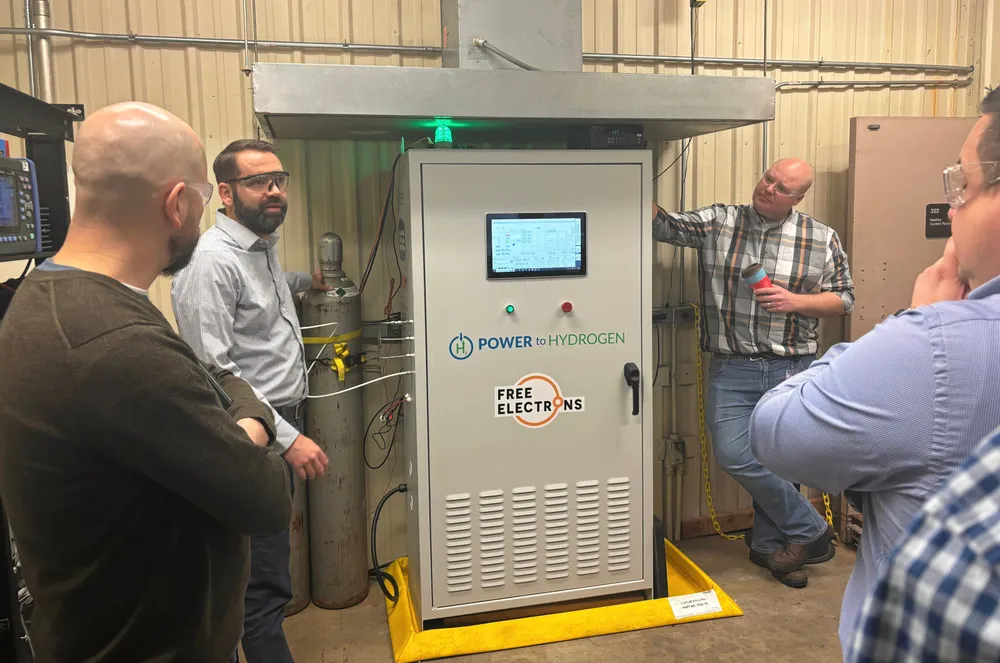US start-up backed by Shell, Amazon and Nasa unveils 'first ever industrial-scale AEM electrolyser for low-cost green hydrogen'
Pilot equipment is four times larger than any commercially installed anion-exchange-membrane stack, says Power to Hydrogen
